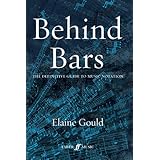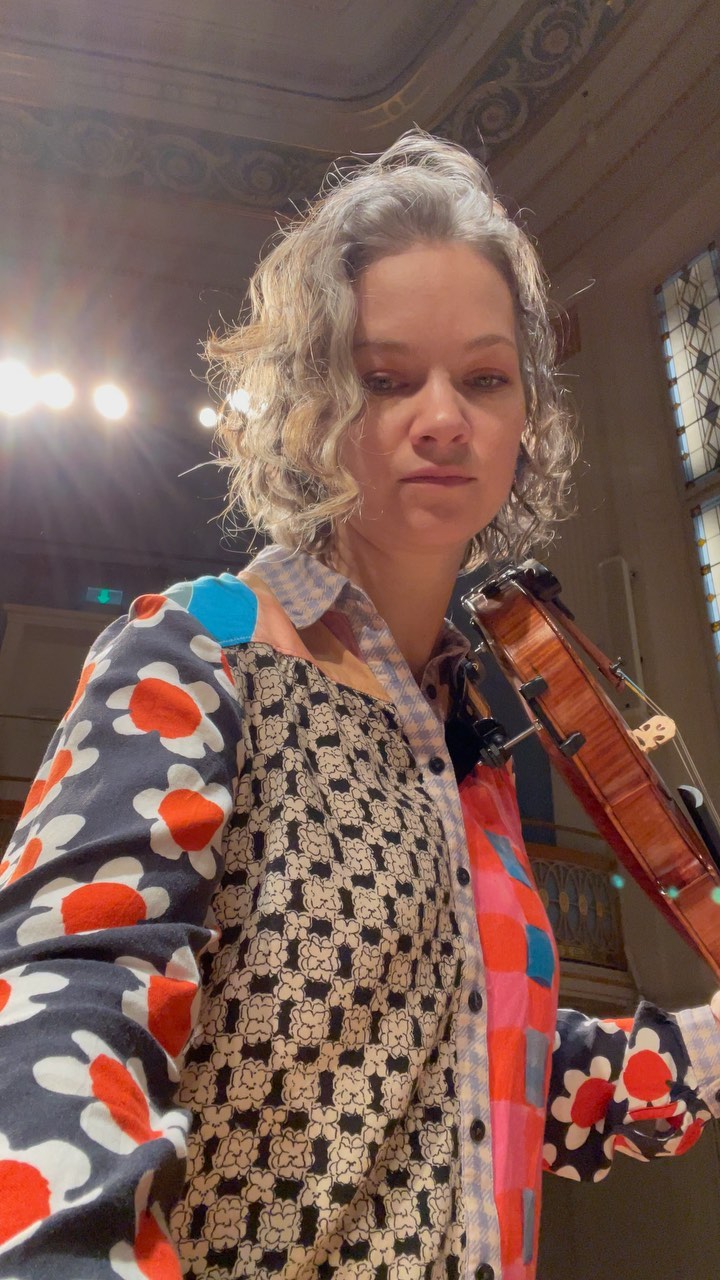How to write a good symphony
mainAny spare moments these past few weeks, I have been dipping into an advance copy of Behind Bars, a new book by a desk editor at Faber Music demonstrating the principles of correct notation.
Unfashionable, I know. Most composers nowadays leave their orchestration to computer programs like Sibelius 7 and by the time they’re back from making a cuppa tea all the oboe parts and flugelhorns have been filled in.
That, says Elaine Gould, is just not good enough. Unless a composer (or copyist) follows her simple rules and puts the markings where they ought to go, the symphony will wind up a total mess and give infinite employment to musicologists to determine which note goes where.
She is very strict with lazy composers. Behind Bars takes no prisoners. Ms Gould quotes Gustav Mahler as her guiding angel:
What this copyist has done to me… is simply too dreadful. In every part, wherever an instrument has a longer passage of rests, instead of writing them out in full, the lazy pig has merely written tacet. So now, not only are the players unable to find their bearings but when I, poor devil, want to change the orchestration, instead of merely writing in the necessary bars at the appropriate place, I also have to write out the entire tacet passage…. This is wasting hours and hours of my time.
If you are a composer or a copyist, you cannot live without this book. If you are a conductor, it is equally enlightening and indispensable. Simon Rattle thinks it ought to be Holy Writ for every baton wielder. It’s out this week and costs £65.







This brings back memories of my musicology courses, which helped put me into many changes of eyeglass prescriptions at a young age! This problem probably didn’t help Mahler’s eyesight much, either. This book sounds like just what the (eye) doctor, and composition professor, ordered!
I look forward to seeing this book come out in the USA.
The people at Sibelius would surely love to hear about all those composers using Sibelius 7 while they are still only offering Sibelius 6 to the market.
NL replies. That’s cool. I must be ahead of the market…
Actually, Sibelius 7 was the original name. More about it here: http://www.jstor.org/pss/3681118
And here: http://en.wikipedia.org/wiki/Sibelius_(software)
Something like this is long overdue. Since the advent of these programs, large chunks of rehearsal and practice time have been wasted due to what has become termed as “a Finale problem.” If a composer wants his or her voice heard, then the method of conveyance needs to be as accurate as possible.
While programs like Sibelius and Finale have been god-sends to musicians (I’ve had the horrible experience of having to read parts by one prominent composer written in ballpoint pen), they definitely promote a certain laziness.
With all due respect (and perhaps Norman was writing with his tongue partly in cheek), but I have yet to find the features in Sibelius 6 that will orchestrate my music while I sleep. Sibelius and Finale are simply tools, which like a hammer and chisel, can be used to make something beautiful or something god-awful.
What’s needed is for composition teachers to teach to the principles of good notation to young composers as they’re starting out, combined with a couple good reference books on notation, orchestration, etc. It’s not a complex or difficult problem.
This new book may be well written and useful, though I haven’t read it yet. Maybe each generation needs a new book like this to remind us not to be lazy. But there are numerous books out there that have been available for decades that address the topic of music notation concisely and thoroughly – Gardner Read’s “Music Notation” and Samual Adler’s orchestration book have been invaluable references for me – so it’s clearly not just a problem caused by modern notation programs.